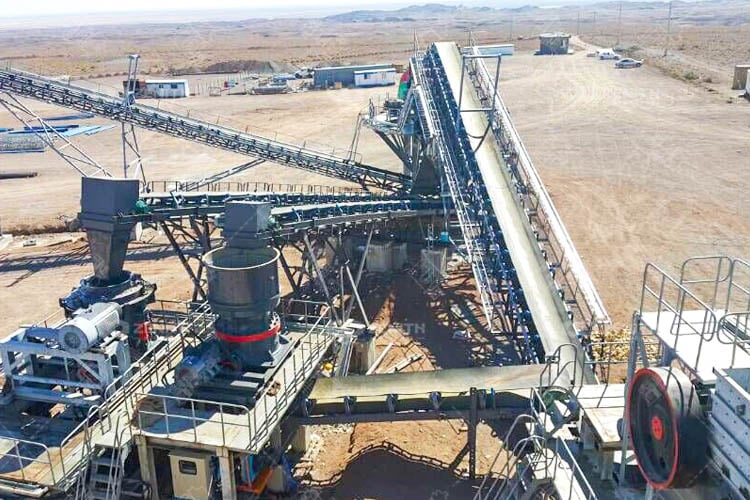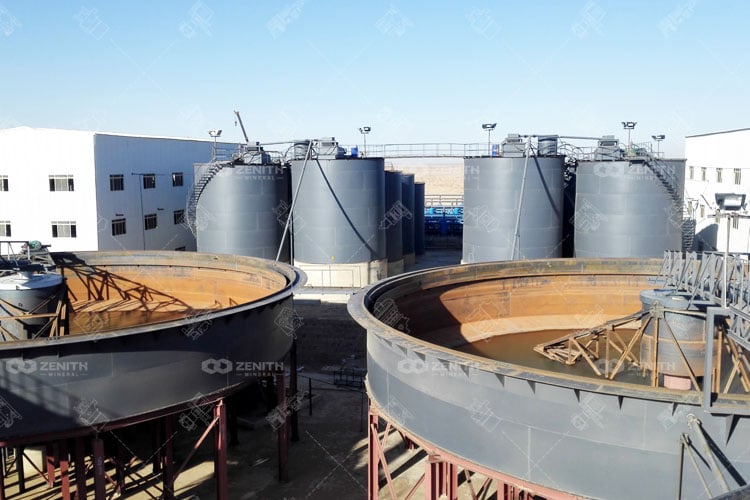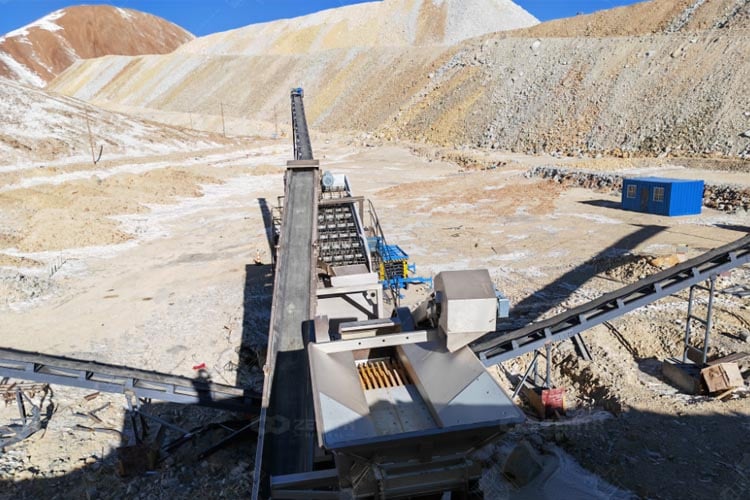Copper is one of the most important metals in the world, used extensively in electrical wiring, plumbing, and various electronic applications. The growing demand for copper necessitates efficient extraction and processing techniques. Copper ore beneficiation is a crucial step in the mining process, aimed at improving the quality of the ore and increasing the recovery of valuable minerals.
Copper ores are primarily composed of copper minerals, which include chalcopyrite, bornite, malachite, and azurite. These ores often contain other metals such as gold, silver, and molybdenum, which can also be recovered during the beneficiation process.
The primary goal of copper ore beneficiation is to separate valuable minerals from the waste material, also known as gangue. This process improves the ore's grade, making it more economical to extract and process. Effective beneficiation leads to:
The beneficiation process for copper ores generally includes several stages:
This initial stage is critical for liberating copper minerals from the surrounding rock. The main objectives are to reduce the size of the ore and facilitate the subsequent processing stages.
Once the ore is adequately crushed and ground, the next step is to separate the copper minerals from the gangue (waste material). This is achieved through various methods:
Flotation: The most common method for concentrating copper, particularly from sulphide ores. It utilizes the differences in hydrophobic properties between copper minerals and gangue.
The process involves several key steps:
Gravimetric Separation: Techniques such as jigs and shaking tables exploit the differences in density between copper minerals and gangue to achieve separation, particularly effective for coarse materials.
Magnetic and Electrostatic Separation: In some cases, these methods may be employed to separate copper minerals based on their magnetic or electrical properties.
After concentration, the material must be dewatered to remove excess water and prepare it for further processing or shipment. This stage typically involves:
Copper ore beneficiation involves several stages, each requiring specialized equipment to ensure efficient processing. Below is a comprehensive overview of the different types of equipment used in the crushing, grinding, flotation, and dewatering processes.

Jaw crushers are essential for the primary crushing stage of copper ore processing. They operate on the principle of compressive force, effectively breaking down large ore sizes into manageable pieces.
Key Features:
Cone crushers are primarily used in the secondary crushing phase, where they provide a finer product with improved particle shape.
Key Features:
Ball mills are a widely used form of grinding equipment in copper ore beneficiation, serving to liberate copper minerals from the ore matrix.
Key Features:
Semi-autogenous grinding (SAG) mills are an advanced form of grinding equipment that utilizes both the ore itself and steel balls to achieve size reduction.
Key Features:
Flotation cells are critical for the separation of copper minerals from the gangue. These cells utilize the principle of hydrophobicity to enhance recovery rates.
Key Features:
Column flotation cells offer an efficient method for separating fine particles, particularly in the context of copper ore beneficiation.
Key Features:
Thickeners are employed in the copper ore beneficiation process to concentrate the slurry by removing excess water, thus increasing the solids content.
Key Features:
Filter presses are utilized for the final dewatering of the concentrated copper product, producing a dry cake that is ready for transport or further processing.
Key Features:
Modern beneficiation plants are increasingly utilizing automation and advanced control systems to optimize processes. This includes:
Innovations in reagent chemistry have led to the development of more effective collectors and frothers that enhance flotation performance. This results in higher recovery rates and lower reagent costs.
The industry is moving towards more sustainable practices, including:
Copper ore beneficiation is a critical component of the mining process, ensuring that valuable copper minerals are efficiently extracted and processed. The choice of equipment and techniques plays a significant role in the success of beneficiation operations. With advancements in technology and a focus on sustainability, the future of copper ore beneficiation looks promising. By addressing challenges and embracing innovative solutions, the industry can continue to meet the growing demand for copper while minimizing environmental impacts.

CIL processing plants play a critical role in modern gold mining operations. The CIL (Carbon in Leach) is a hydrometallurgical technique used to extract gold from ore.

The copper ore processing and production process mainly includes three stages: crushing, grinding, and beneficiation.

Iron is the fourth most-abundant element, composing approximately 5 per cent by mass of the earth's crust. In the modern industry, iron is the most importan
Fill your requirements here, and we'll send the custmized solution and quotation to you by the reserved contact information.